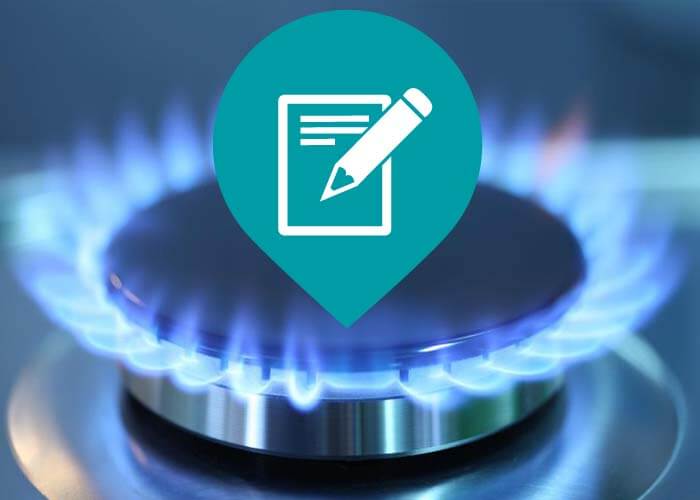
How Does the Gas Distribution System Work?
Just how Does the Natural Gas Distribution System Work?
Gas streaming from greater to lower pressure is the basic principle of the natural gas shipment system. The quantity of stress in a pipe is determined in extra pounds per square inch.
From the well, the gas enters into "gathering" lines, which are like branches on a tree, obtaining larger as they get closer to the main collection factor.
Event Systems
A gathering system might require one or more field compressors to relocate the gas to the pipeline or the processing plant. A compressor is a device driven by an internal combustion engine or wind turbine that produces pressure to "push" the gas via the lines. The majority of compressors in the natural gas distribution system use a percentage of natural gas from their very own lines as fuel.
Some gas gathering systems consist of a processing facility, which performs such features as eliminating pollutants like water, co2 or sulfur that may corrode a pipeline, or inert gases, such as helium, that would reduce the power value of the gas. Handling plants also can eliminate small quantities of gas and also butane. These gases are made use of for chemical feedstocks and various other applications.
The Transmission System
From the gathering system, the gas moves right into the transmission system, which is typically composed of about 272,000 miles of high-strength steel piper.
These huge transmission lines for gas can be compared to the country's interstate highway system for vehicles. They relocate big quantities of natural gas thousands of miles from the generating regions to local distribution business (LDCs). The stress of gas in each section of line normally ranges from 200 pounds to 1,500 extra pounds per square inch, depending on the kind of location in which the pipeline is operating. As a safety measure, pipes are made as well as built to handle a lot more stress than is ever actually reached in the system. For instance, pipelines in more populated areas run at less than half of their style pressure degree.
Several significant interstate pipelines are "looped"-- there are two or more lines running alongside each other in the exact same right-of-way. This offers optimum ability during durations of peak need.
Compressor Stations
Compressor stations are located approximately every 50 to 60 miles along each pipe to increase the stress that is shed via the rubbing of the natural gas relocating through the steel pipeline. Numerous compressor terminals are completely automated, so the tools can be begun or stopped from a pipeline's central control area. The control room can also remotely run shut-off shutoffs along the transmission system. The drivers of the system maintain detailed operating data on each compressor station, and continuously change the mix of engines that are running to make best use of performance and also safety and security.
Gas steps with the transmission system at up to 30 miles per hr, so it takes a number of Additional resources days for gas from Texas to get to an energy receipt factor in the Northeast. In the process, there are many affiliations with various other pipelines and also other utility systems, which supplies system operators a large amount of versatility in moving gas.
Linepack
A 50-mile area of 42-inch transmission line operating at about 1,000 pounds of stress has about 200 million cubic feet of gas-- enough to power a kitchen range for more than 2,000 years. The amount of gas in the pipe is called the "linepack.".
By increasing and also decreasing the stress on any pipe segment, a pipeline company can use the sector to store gas throughout durations when there is less need at the end of the pipeline. Using linepack in this way permits pipeline drivers to take care of per hour fluctuations sought after extremely efficiently.
Gas pipelines and also utilities make use of very sophisticated computer versions of customer demand for gas, which relate everyday and also hourly usage trends with seasonal and also ecological elements. That's why clients can depend upon the integrity of gas-- when it's required, it exists.
Gateway Terminals.
When the natural gas in a transmission pipeline reaches a local gas energy, it usually travels through a "gateway station." Utilities regularly have entrance stations obtaining gas at several places and from numerous different pipes. Entrance terminals serve three objectives. First, they decrease the pressure in the line from transmission degrees (200 to 1,500 extra pounds) to distribution levels, which vary from 1/4 extra pound to 200 pounds. Then an odorant, the distinct sour scent connected with gas, is included, so that consumers can smell even small quantities of gas. Lastly, eviction terminal gauges the circulation price of the gas to establish the amount being received by the utility.